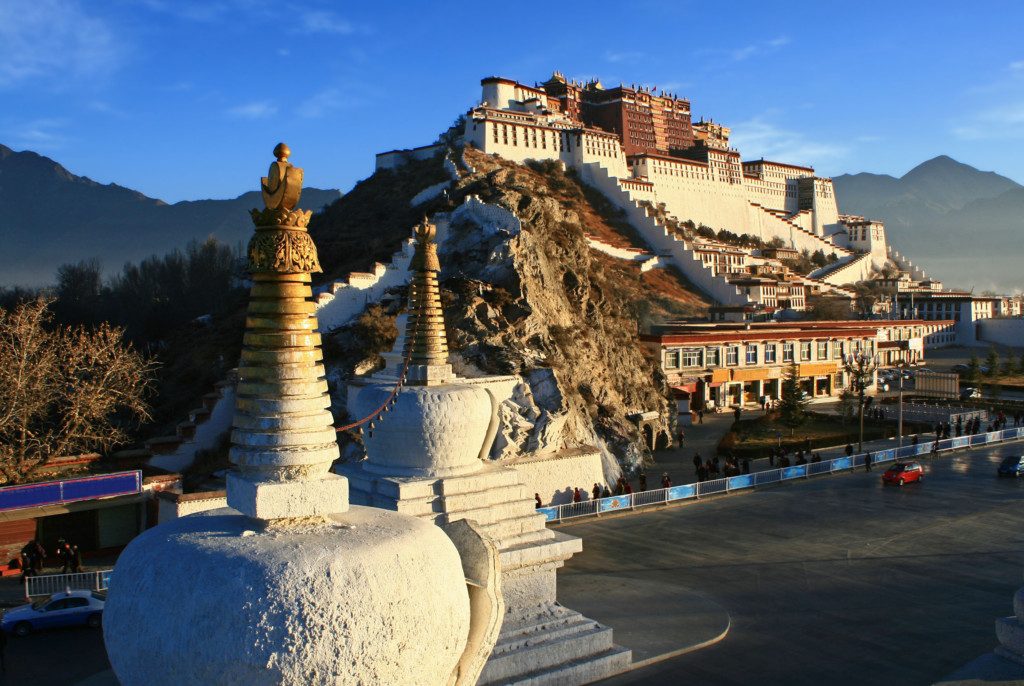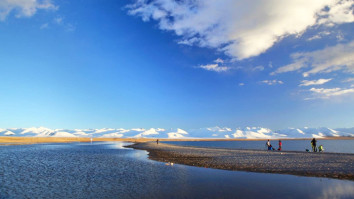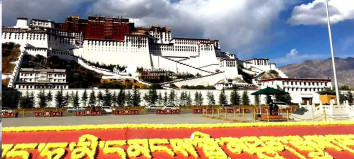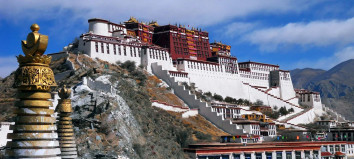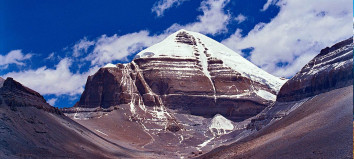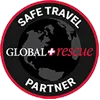Tour Hightlights
- Fantastic mountain flight
- Visit many of the most important sites in Tibet.
- Fabulous overland scenery
- Lake Manasarovar
- Mount Kailash
- Tashilunpo Monastery
The Treasures of Tibet and Lake Manasarovar Tour is incredible journey takes us to the "Roof of the Religious World"—with an average altitude of over 4,500 m above sea level, providing you with a magical few days to reflect.
The Treasures of Tibet and Lake Manasarovar Tour is a classic combination of cultural, natural, and spiritual trekking where you will get to explore the vast Tibetan Plateau, the mighty Himalayas, alpine holy turquoise lakes, age-old monasteries, and the culture and lifestyle of the Tibetan people.
Tibet is known throughout the world for its remoteness and religious fervency, and the The Treasures of Tibet and Lake Manasarovar Tour will appeal to most hardened travelers, especially those interested in Buddhism and what makes Tibet tick. If you are planning a spiritual trek in Tibet, Treasures of Tibet and Lake Manasarovar Tour can be combined with a three-day holy pilgrimage around Mount Kailash.
The journey provides a deep insight into the best of Tibet and also provides the opportunity for you to renew your soul at the same time. As we journey across the Tibetan Plateau, we explore monasteries hidden high in the mountains, hike beside dazzling alpine holy lakes, and take in views of the most sacred mountain in Asia.
Check our Overland Mount Kailash tour here.
Mount Kailash is a holy and sacred mountain for four religions: Hinduism, Buddhism, Jainism, and the followers of the indigenous Tibetan religion of Bön. For Hindus, Mount Kailash is where Shiva, the destroyer and transformer, and his consort Parvati abide. To Buddhists, Mt. Kailash is the abode of Demchok and his consort, Dorje Phagmo; it is also believed that Mt. Kailash is a natural mandala representing the Buddhist cosmology on Earth.
The Jains believe Kailash is the place where their religion’s founder was spiritually awakened, and the Bonpos believe Mount Kailash to be the place where the founder of the Bon religion landed when he descended from Heaven.
Tibet Visa and Travel Permit Information
You will require a Tibet visa and travel permit to visit Tibet. The travel permit for Tibet is issued by the Tibet Tourism Bureau, and the application has to be submitted by a registered travel agency only.
Please note: A Chinese visa is not sufficient to visit Tibet; you will also need a Tibetan permit, which is on paper and not in your passport.
Documents required for the Tibet visa or permit
- At least a six-month-valid clear scan copy of your passport
- Chinese visa copy by email (for those travelers who are entering Tibet from mainland China)
- You must fill out a form at the Chinese Embassy in Kathmandu and attach your most recent passport-size photo.
- You will only have to provide a copy of your passport, the visa fee, and a pp-sized photograph, and Himalayaheart will get everything done for you.
Also,
Note: that it will take a week or two for visa approval, so make sure you apply for a permit 15 days before your tour.
For journalists, professionals, media photographers, diplomats, and government officials, the arrangement of your Tibet travel permit is done by Foreign Affairs.
Tibet Permit and Visa Fees:
- American passport holders: $175 USD per person
- Canadian passport holders: US$155 per person
- Romanian passport holders: US$115 per personOther Nationalities: $85 USD per person


